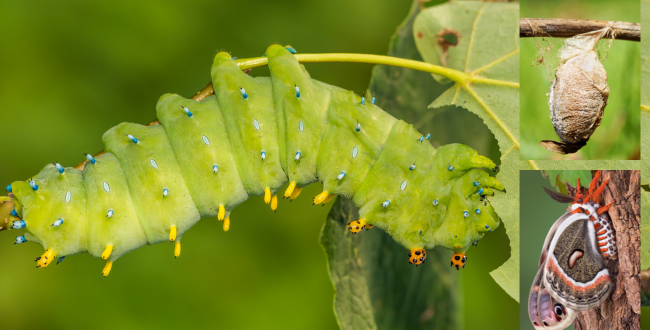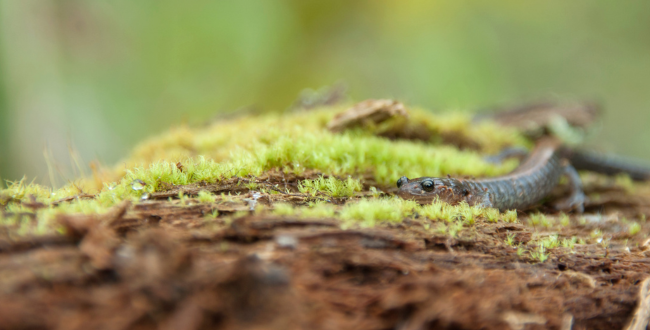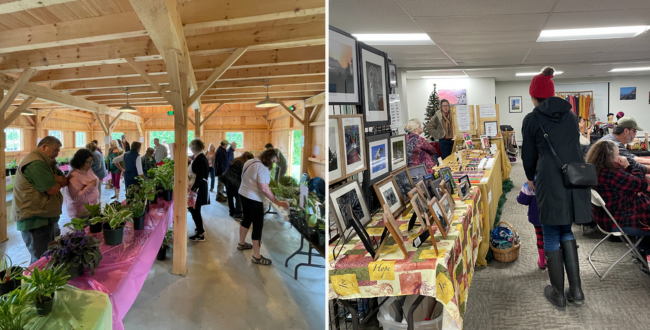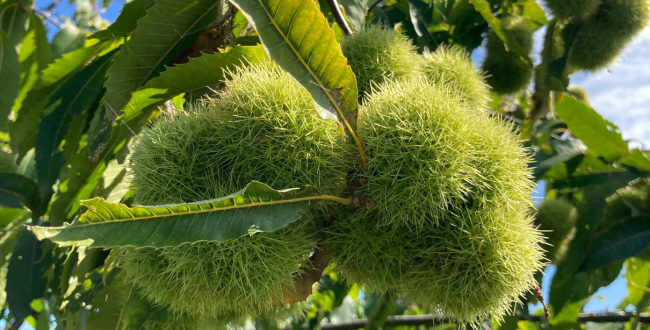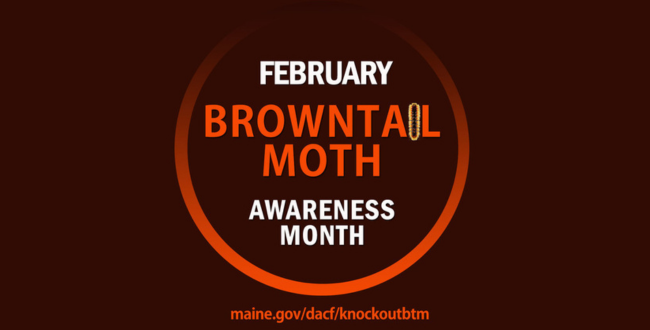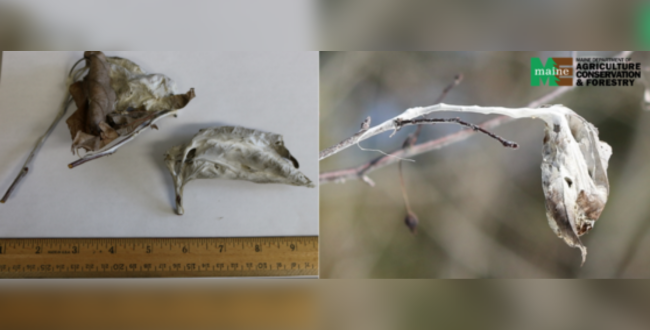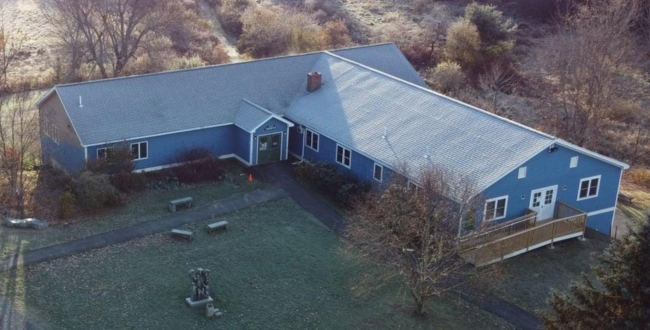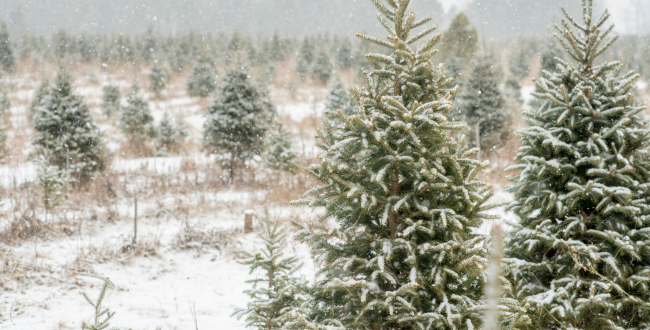Cecropia moth's (Hyalophora cecropia) is the largest native moth in North America, with a wingspan of five to seven inches. These beautiful silk moths have reddish bodies with black/brown wings that are adorned with bands of white, red, and tan.
The Red-backed salamander can be found in forest habitats throughout Maine. Ranging from 2.5 to 5 inches in length, they are commonly found under leaf litter, rocks, and decaying logs. These amphibians are an indicator species, a living organism that can offer insight into an ecosystems overall health. Their presence, absence, or rapid decline provide important information about the quality of an environment.
As spring's gentle embrace breathes new life into the world, what better way to celebrate the season of renewal than by immersing yourself in the vibrant tapestry of nature and art? Nestled in the heart of Augusta, Maine, Viles Arboretum invites you to its annual Spring Market, a delightful convergence of local vendors, artisans, and botanical wonders.
As we celebrate Women's History Month, it's essential to recognize and honor the remarkable contributions of women in various fields. One such area where women have made profound and lasting impacts is conservation. From pioneering research to grassroots activism, women have been at the forefront of efforts to protect our planet's precious ecosystems and wildlife.
We're thrilled to announce that once again, in 2024, we'll be offering American Chestnut seedlings. Teaming up with the Maine Chapter of the American Chestnut Foundation, we're delighted to provide access to these remarkable trees.
February 2, 2024 - Maine Department of Agriculture, Conservation and Forestry: Browntail Moth (BTM) caterpillars have been an ongoing nuisance in Maine; causing tree defoliation and rashes in humans. Reduce your chances of encountering this pest on your property by learning how to recognize and remove their winter webs from your trees during February, Browntail Moth Awareness month.
From the Maine Department of Agriculture Conservation & Forestry, Maine Forest Service: Young browntail caterpillars create their winter webs in the summer and early fall by combining leaves together with white silk. During the winter, browntail caterpillars are dormant and rest inside their webs where they are protected from the harsh weather. These webs are usually at the tips of branches of their favorite host trees: oak, fruit trees (including ornamental varieties), black cherry, elm, birch, shadbush, roses, and others.
Viles Arboretum, a renowned hub for outdoor recreation and learning in Augusta, today announces a significant change in its executive leadership. Ryan Martin, who has served as the Executive Director since June 2020, will step down from his position effective January 1. Aleta McKeage, an environmental scientist with a history of collaboration with the Arboretum, will take over as the Interim Executive Director.
Christmas Trees and wreaths grown in Maine generate $18 million in annual economic impact
Augusta, MAINE – The Maine Department of Agriculture, Conservation and Forestry (DACF) announced today that Governor Janet Mills has proclaimed Friday, November 24, 2023, as “Maine Grown Christmas Tree Day” in recognition of the contributions and economic impact of Maine’s Christmas Tree industry.
In a significant stride towards sustainable forestry practices, Viles Arboretum has been awarded $25,800 from the Maine Outdoor Heritage Fund to bolster its Forest of the Future Project. The funding comes at a crucial juncture, providing vital support to an ongoing initiative that delves into climate-smart forestry practices, assisted migration, and the utilization of transgenic species to prepare Maine’s forests against a rapidly changing climate.

